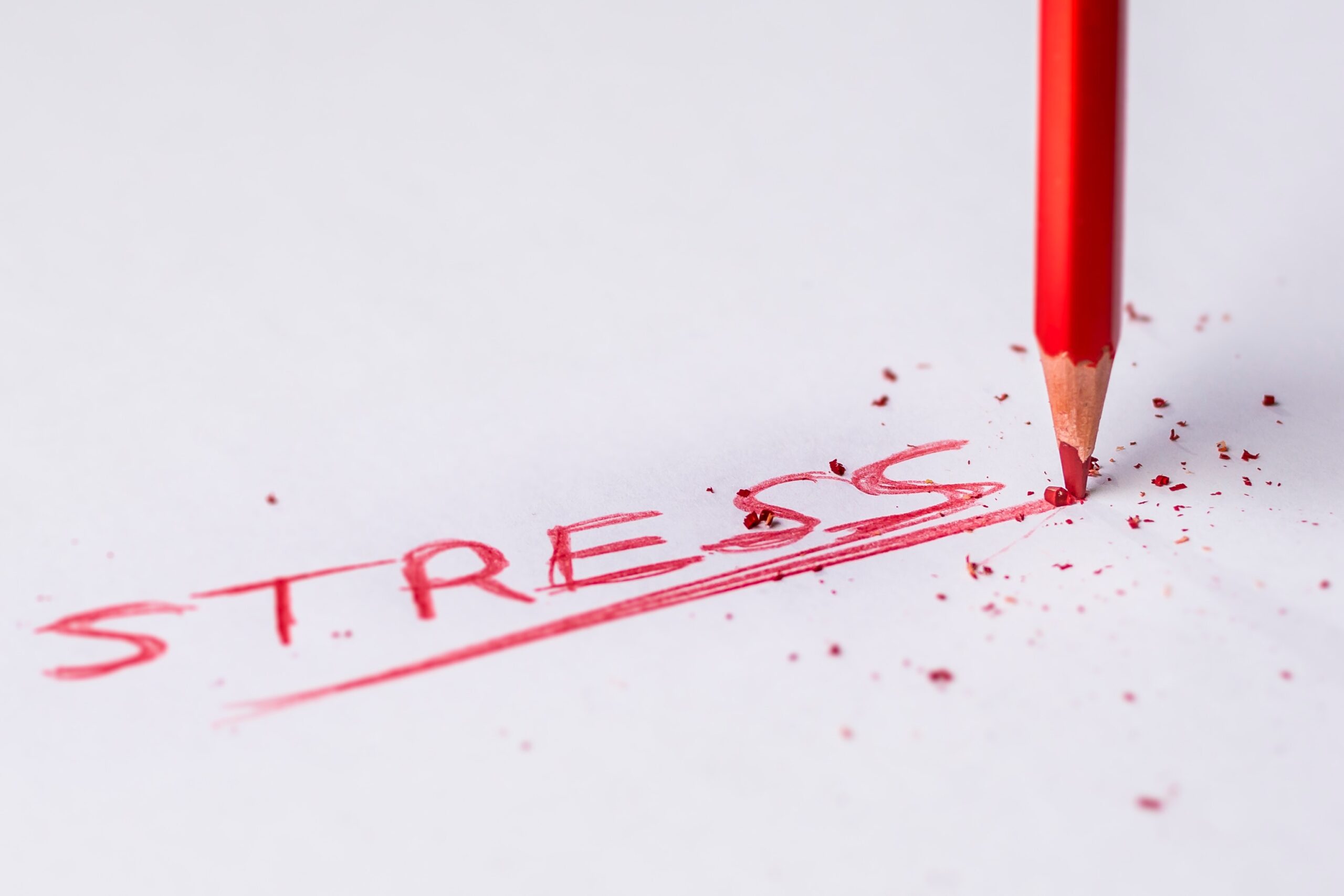Here We Go Again – Promoting Laughter as a Panacea
July 26, 2021 ~ Written by: W.B. “Bud” Kirchner
Approx. Read Time: 8 Minutes
Background
“The human race has one really effective weapon, and that is laughter.” – Mark Twain
Despite its distance in time from the beginning of our original series related to COVID-19, this article continues in recognition of the challenges of transition to ‘other’ articles. In fact, laughter was a topic that first appeared PC (pre-COVID) and now we review laughter in the context of COVID-19, etc.
Laughter is not unique to humans, but rather is a mechanism of other more “primitive” groups. There is no shortage of theories (thanks to the preponderance of psychologists and philosophers) on laughter and its cousin humor, which I will largely ignore out of consideration of time. For example:
- Incongruity theory
- Divinity theory
- Play theory
- Incongruous juxtaposition theory
- Superiority theory
- Benign violation theory
- Philosophical theory
- Mechanical theory
- Release theory
- Relief theory
Surely this suggests there may be more to this topic than first meets the eye?
A Walk Down Memory Lane
“In laughter, there is truth.” – James Joyce
Lest anyone doubt how important I think laughter is for both business and life, I refer back to the numerous postings and their salient points to date:
Imagine a human resource to access the following as your body reacts to the physics and physiology of laughter:
-
- Endorphin – Create feelings of euphoria and general well being
- Dopamine – A neurotransmitter known as the ‘happy hormone’
- Serotonin – A neurotransmitter that emits satisfaction, happiness and optimism
- Oxytocin – Critical to social interaction and bonding
Social stimulus to enhance collaboration:
-
- Causes the brain to summon “nervous energy” (to deal with a perceived threat or negative emotion)
- Says we laugh when our expectations are violated
- For example, laughter can humanize a group – reducing ‘boundaries’ of many kinds
- Laughter serves as an unspoken signal that conveys camaraderie and self-reflection, thus magnifying the value of groups
- Attention and recall improve
- Milieu for sensitive topics
- Form of non-verbal communication
- Common denominator, especially cross cultural are created
- Different (read impasse) issues are often reconsidered when it is clear we can laugh a ourselves
- Phenomena of creating a “belonging”
Socializing and Laughing in light of chronic stress:
-
- Researchers have discovered that reflecting on positive social connections improves vagal tone and increases positive emotions
- Laughter has been shown to increase heart-rate variability and improve mood
- Vagus nerve stimulation often leads to laughter as a side effect, suggesting that they are connected and influence one another
Current Literature
“Always laugh when you can. It is cheap medicine.” – Lord Byron
Amongst the new (3rd party) articles that I believe enhance the story, are the most recent articles by Janet M. Gibson (#2 and #3) including conclusions such as the following – a few of which are repeats which only serves to reinforce the importance.
In many cases, she further validated points we have reported previously. The categorizations are mine, although there is overlap:
Cognition
- “Laughter — doing it or observing it — activates multiple regions of the brain: the motor cortex, which controls muscles; the frontal lobe, which helps you understand context; and the limbic system, which modulates positive emotions. Turning all these circuits on strengthens neural connections and helps a healthy brain coordinate its activity.”
- “You take yourself or the situation less seriously and may feel empowered to problem-solve.”
Stress
- “By activating the neural pathways of emotions like joy and mirth, laughter can improve your mood and make your physical and emotional response to stress less intense.”
- “By minimizing your brain’s responses to threats, it limits the release of neurotransmitters and hormones like cortisol that can wear down your cardiovascular, metabolic and immune systems.”
- “Laughing yoga is a technique of using breathing muscles to achieve the positive physical responses of natural laughing with forced laughter (ha-ha, hee-hee, ho-ho).”
- “It increases subjective well-being and life satisfaction.”
- “Positive emotions experienced with humor and laughter correlate with appreciating the meaning of life and help older adults hold a benign view of difficulties they’ve faced over a lifetime.”
Innovation
- “You must believe that other possibilities besides the literal exist.”
Empathy
- “Laughter creates bonds and increases intimacy with others.”
- “When you laugh in response to humor, you share your feelings with others and learn from risks that your response will be accepted/shared/enjoyed by others and not be rejected/ignored/disliked.”
- “It’s also an external sign of sharing an appreciation of the situation.”
- “Laugh to make audiences feel psychologically closer to them, to create intimacy.”
- “You share your feelings with others and learn from risks that your response will be accepted/shared/enjoyed by others and not be rejected/ignored/disliked.”
Conclusion
“All I claim to know is that laughter is the most reliable gauge of human nature.” – Fyodor Dotoyesky
Once again, we can’t help, but come to the conclusion that laughing is an essential part of life and business. In other words, it may not just be a tool to get you through the day, but one that may help you do so more productively – not to mention how it enhances your resilience!
Bibliography
- Sebastien Gendry – 10 Hormones Of Happiness
- Janet M.Gibson – No joke, folks! Laughing is seriously good for your mind and your body.
- Janet M. Gibson – Laughing is good for your mind and your body – here’s what the research shows
- Michael Rachick, Donald E. Maypole and Priscilla A. Day – Improving Field Education Through Kolb Learning Theory
Relevant Business Brain Model articles:
- How To Use Your Vagal Lifeline
- How Funny is This? The Benefits of Laughter in the Workplace
- How To Brew a Cocktail That Will Make You Feel Better
- Look Up, Look Down, Look up…..
- Can Incongruities and Similarities Take You To The Same Place?
- Roadmap: Transitioning from catastrophes to paradoxes
- A Powerful Arrow For Your Catastrophe Quiver
About the Author: W.B. “Bud” Kirchner is a serial entrepreneur and philanthropist with more than 50 years of business success. He is not a scientist or an academic but he does have a diversified exposure to neuroscience, psychology and related cognitive sciences. Generally speaking, the ideas he expresses here are business-angled expansions of other people’s ideas, so when possible, he will link to the original reference.


